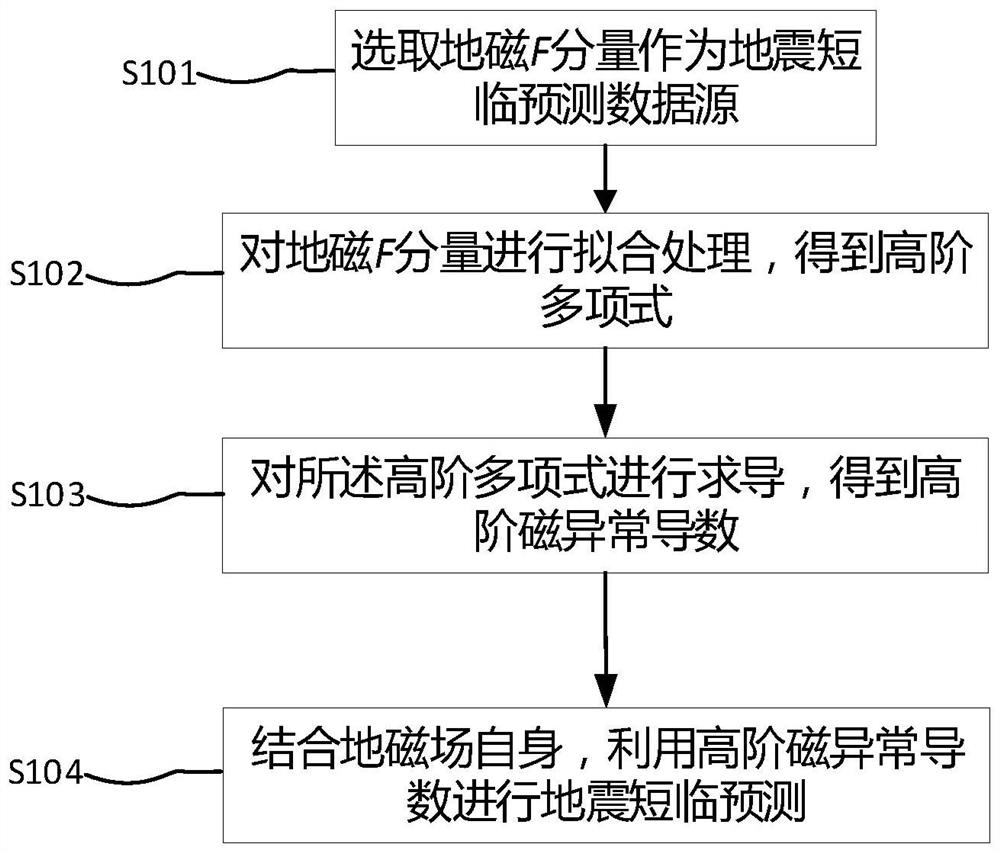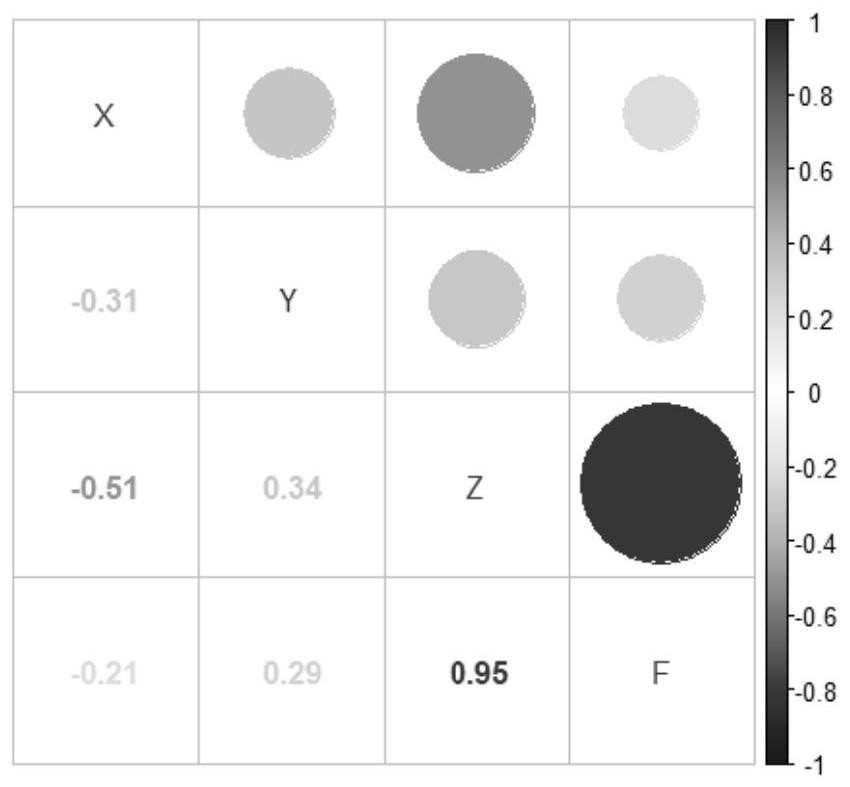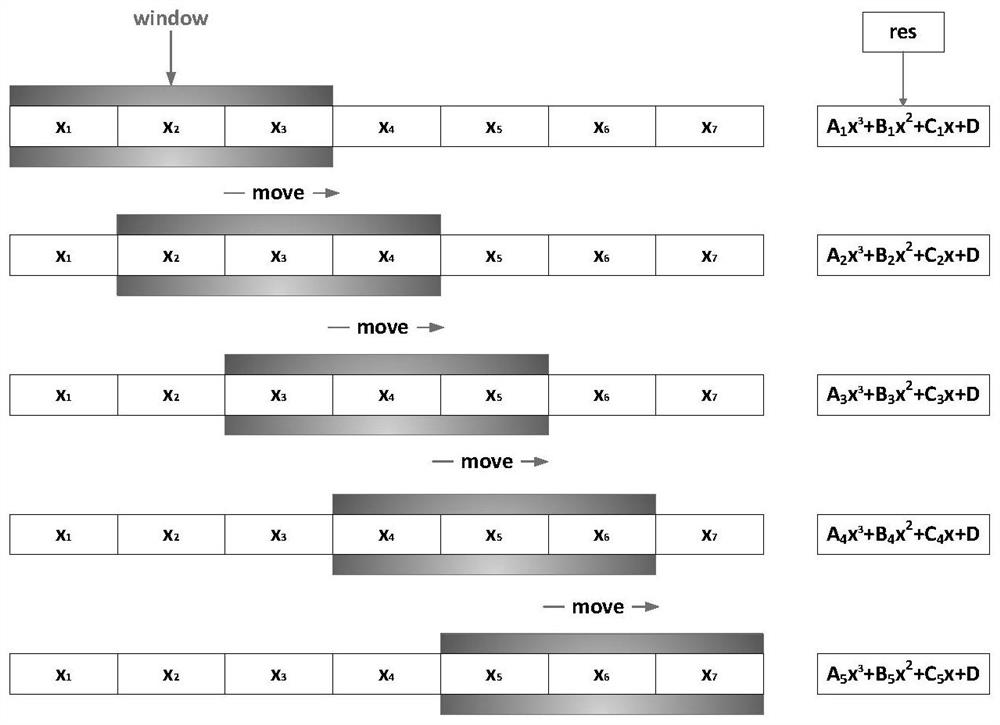Earthquake short-term and temporary prediction method based on high-order magnetic anomaly derivative
A prediction method and magnetic anomaly technology, applied in seismic measurement, seismology, geophysical measurement, etc., can solve the problems of long prediction period, lack of advantages, and increase the difficulty of earthquake prediction, so as to achieve the effect of improving accuracy and reducing damage
- Summary
- Abstract
- Description
- Claims
- Application Information
AI Technical Summary
Problems solved by technology
Method used
Image
Examples
Embodiment Construction
[0018] In order to make the objectives, technical solutions and advantages of the present invention clearer, the present invention will be further described in detail below with reference to the accompanying drawings and embodiments. It should be understood that the specific embodiments described herein are only used to explain the present invention, but not to limit the present invention.
[0019] The invention provides a method for predicting the short-term and imminent earthquake based on high-order magnetic anomaly derivatives. Please refer to figure 1 , figure 1 is the flow chart of the inventive method; the inventive method comprises the following steps:
[0020] S101: Select the geomagnetic F component as the earthquake short-term prediction data source;
[0021] It should be noted that in the long-term change curve of the geomagnetic field, the geomagnetic component F is used as the total amount. When the change curve has a "V"-shaped sudden change, it is often acco...
PUM
 Login to View More
Login to View More Abstract
Description
Claims
Application Information
 Login to View More
Login to View More - R&D
- Intellectual Property
- Life Sciences
- Materials
- Tech Scout
- Unparalleled Data Quality
- Higher Quality Content
- 60% Fewer Hallucinations
Browse by: Latest US Patents, China's latest patents, Technical Efficacy Thesaurus, Application Domain, Technology Topic, Popular Technical Reports.
© 2025 PatSnap. All rights reserved.Legal|Privacy policy|Modern Slavery Act Transparency Statement|Sitemap|About US| Contact US: help@patsnap.com



